Tayarisha Poe: 'Selah and the Spades' inspired by Charlie Brown, 'Godfather' and 'Brick' (exclusive)

Tayarisha Poe has revealed her teenage drama Selah and the Spades (streaming on Amazon Prime Video now) was the result of an unusual collection of influences, including Charlie Brown, the Rian Johnson film Brick and teen classic Clueless.
The new drama follows the unusual micro-society that forms within the confines of a Pennsylvania boarding school, with different factions responsible for various underground pursuits within the institution.
Selah — portrayed by Greenleaf actor Lovie Simone — is the leader of the Spades, who have responsibility for supplying drugs, and is grooming newcomer Paloma (Celeste O’Connor) as her successor.
Read more: Rian Johnson posts movie scripts online
Poe tells Yahoo Movies UK that watching Brick — Johnson’s debut feature — as a teenager taught her to be ambitious with her work.
She says: “I was obsessed with the film and it ingrained itself into my brain. I think that felt really ambitious as well, so I just thought that if Rian Johnson can do that, I can do this.”
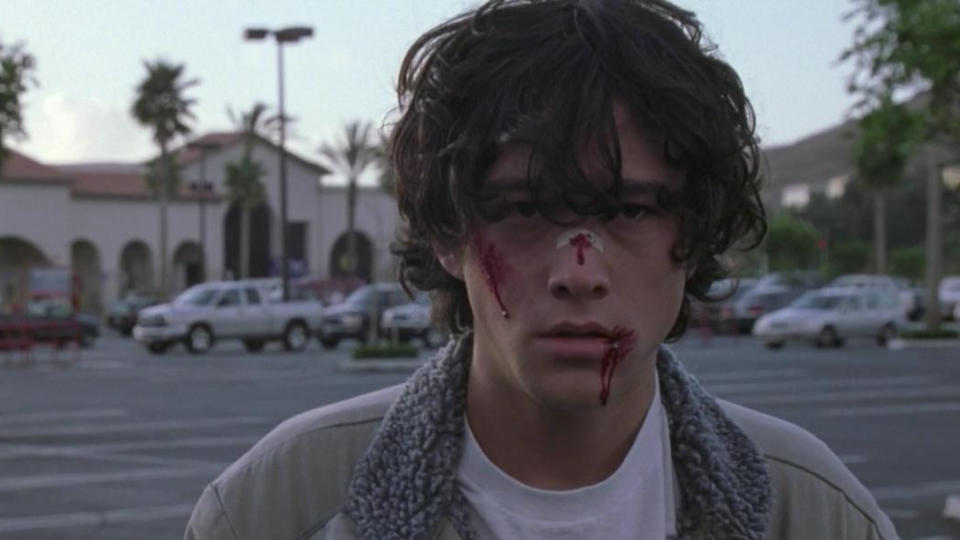
Selah and the Spades premiered at last year’s Sundance Film Festival and is now being released by Amazon.
Poe says the world of Charlie Brown and its mostly silent adults inspired her decision to keep the focus of her story on the young protagonists.
Read more: Snoopy pursues Red Baron in The Peanuts Movie
The director also believes her movie presents a unique opportunity for an underworld tale to be portrayed from a perspective other than that of the older, white, male stars of movies like The Godfather or TV shows like Breaking Bad.
“It’s almost always told from the perspective of older men,” she says. “So I wanted to see somebody who I, as a teenager, could’ve related to a little more directly having the opportunity to delve into moral ambiguity and the ethical grey areas of the choices that we make.”
Read the full interview with Tayarisha Poe on crafting a boarding school world, giving black women centre stage and the franchise she’d love to take on...
Yahoo Movies UK: The thing that struck me most about this film, I think, is how ambitious it is for a debut feature. Were you keen to go all-out with it?
Tayarisha Poe: I really wanted to make exactly what I wanted to make. The story demanded to be this ambitious. It was able to be that ambitious at our budget point because of the work of, not just me, but also my collaborators and all of the department heads. They really brought this together for way less money than they should’ve had to. But it’s great — it’s independent film.
Do you know the movie Brick, by Rian Johnson? That was his first feature and I remember when it came out — I was a teenager at the time — I was obsessed with the film and it ingrained itself into my brain. I think that felt really ambitious as well, so I just thought that if Rian Johnson can do that, I can do this.
Well maybe we’ll be seeing you on a Star Wars film in 10 years time?
Oh goodness! One day...
Read more: The best order to watch Star Wars
I wanted to ask about the idea for this very unique world you’ve set up here. Where did all of that come from?
I went to a boarding school in New Jersey for high school. I felt as though a lot of movies and TV shows about teenagers tend to be at day schools, where kids go home at the end of the day and they’re with their parents, so they have this separation from the world of school.
The lack of that separation was so formative to me as a teenager. At the end of the school day, I would just go and hang out with more teenagers and live with them and eat with them. We just could not escape each other. I wanted to capture the feeling of that kind of society that gets created at these schools.
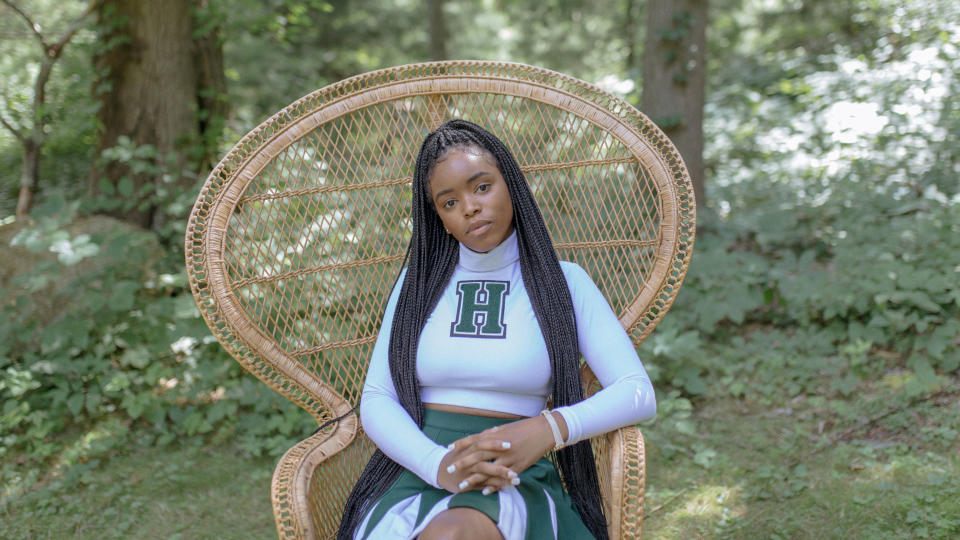
I also just have a love for movies and TV shows about older men behaving badly, if we’re going to be frank about it. Like The Godfather or Breaking Bad or The Sopranos or these mafia and drug movies. It’s almost always told from the perspective of older men. So I wanted to see somebody who I, as a teenager, could’ve related to a little more directly having the opportunity to delve into moral ambiguity and the ethical grey areas of the choices that we make.
It’s certainly a film that’s full of grey areas. The big thing that comes through is that, as well as being a female-led film, it’s a black-led film. How important was that for you?
It was really important. Oftentimes growing up, and even now, a lot of the movies I would see about other black teenagers were more often than not stories of trauma and trauma that was typically tied directly to the US’s system of, quite frankly, white supremacy. It was either that you were getting in trouble for your very existence or you were having to prove that your existence was worthwhile.
So I really wanted to make something for and about black teenagers in particular, but really just everybody who’s not used to feeling seen in media. I wanted to make something that wasn’t asking them to be the smartest person in school or the person who always does the right thing and was the hero in the most classic sense of the world.
Read more: Lena Waithe on how black-led films are an “anomaly” in Hollywood
I wanted to make something where you didn’t have to be all of that, but you also didn’t have to be getting chased by the cops or getting shot down by the cops. You don’t have to be confronting trauma, but you also don’t have to be a “model minority”. You can just sort of exist and be trying your best and making mistakes. I wanted to make it for people like that.
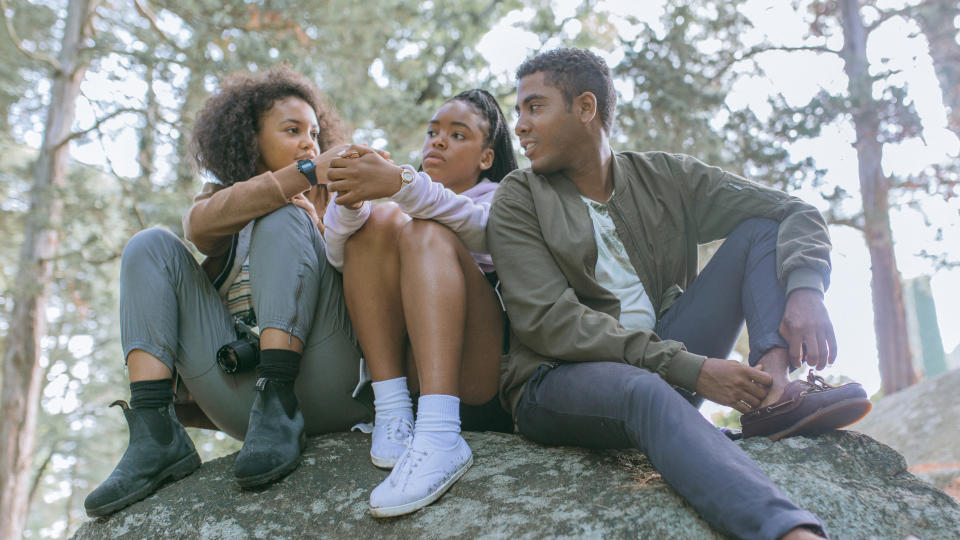
While there are teachers and adult authority figures in the film, their presences tend to be very minor. Where did that idea come from, of keeping the adults mostly away? What was the inspiration?
Honestly? Charlie Brown. Like we all did, I used to love Charlie Brown when I was a kid, around the holidays when the Charlie Brown specials would come out. And any time there was an adult, it’s just “wah wah wah” because you don’t really care what they’re talking about. Your focus is on your peers. This is where the real drama lives.
Especially when you live at school, that’s sometimes what it can feel like. Yes, the adults are great and they’re really looking out for us, but our real drama is between each other and we have our own rules for things that are dealt with between us — rules of honour and what you wouldn’t do. The worst thing to do would be to rat on your friends to the adults. So to really achieve that, I thought we had to Charlie Brown the adults a little bit.
As we said at the start, this world is really unique. When you were writing the film, how did you balance the initial exposition so it wasn’t just a dump of information?
We did so many variations of the top of the film. I really love the experience as an audience member of being dropped into the middle of a story and not being given too much guidance with who’s the hero, who’s the villain or what the rules of the world are. I just wanted to be dropped into a world and then I have to scramble to figure out why I’m here. I love that feeling and I want other people to have that feeling as well.
But I also think there’s something to be said for the feeling of opening a movie and it feeling like opening the beginning of a story book — “once upon a time there was a school and there were these factions...” I love that feeling just as much. When you think about classic adventure stories like Lord of the Rings, you have this feeling where you open the first book and you see the map of this fictional world. You understand that there’s a history and that you are entering at one point and will leave before the world is done, but this is the part of the world you get to see.
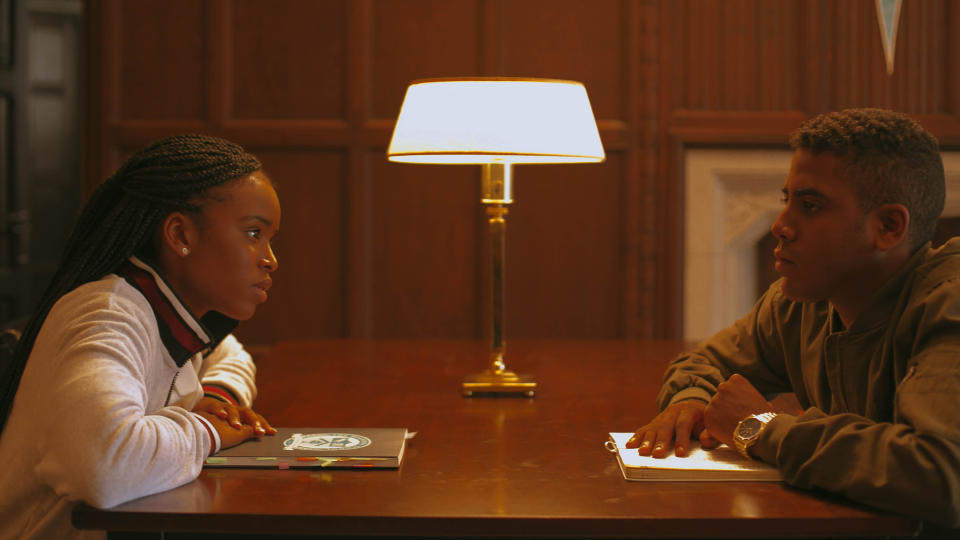
So I wanted to, at the start of the film, create this feeling that, yes, there are rules within this world, but really the only thing you have to focus on is her. You’re trying to balance the fine line of having a story book feeling and also just letting people enter into a world.
I think Wes Anderson is the filmmaker that does this in an interesting way. I’ve always really liked his films — particularly his older stuff.
That opening scene is almost like the classic high school movie scene where you’re introduced to all of the different groups.
Exactly. It’s like the scene in Mean Girls where she’s walking through the cafeteria. It’s a familiar device and so people feel like you’ll take care of them in the journey through the story. It lets them forgive the really f***ed up stuff that’s going to happen in the movie.
Read more: Mean Girls musical to become a movie
How important was finding your young cast?
It was very terrifying at times. There’s like a mix of kids who have experience on larger sets and kids who have very little experience at all. We just put them together and made it work. The thing that helped us, and the thing that I think really makes the movie work well, is that they’re all kids. It’s just a bunch of teenagers who were just hanging out and having a good time.
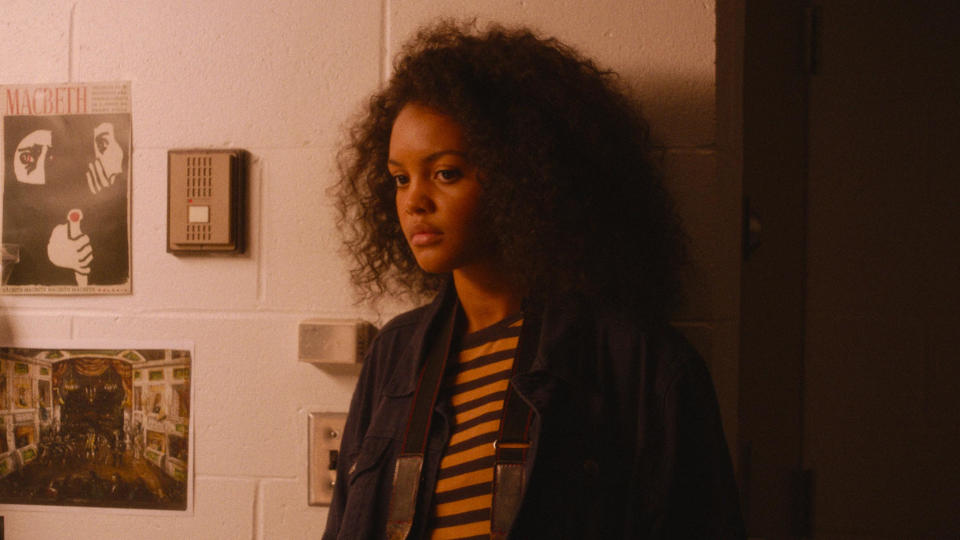
Lovie [Simone] and Celeste [O’Connor], who play Selah and Paloma, are just really good friends now. They just hang out a lot. They are obsessed with each other and they have been since the day they met on the film. It was so exciting to see that genuine camaraderie grow across the cast. They were putting in moments where I was like “just hang out and whatever we get, we’ll use that” and it worked because they actually knew how to hang out with each other.
With young casts, it’s really important because we can write teenagers as often as we want, but if we don’t ask teenage actors to bring their teenage selves to those characters and make them their own, then it’s going to sound like an adult sat down and wrote a bunch of stuff for teenagers. It’s fun to let them make the characters their own and that’s why I cast them — so they would bring themselves to it. And they did. They really did.
Read more: Grace VanderWaal reveals favourite high school movies
Every generation has their high school movie touchstones. What were some of yours and how did they inspire what you’ve made here?
Clueless and Brick are the two really big ones for me. And then Buffy the Vampire Slayer on TV. Those were the shows and movies I watched that obviously influenced this. When you’re a teenager, you’re forming yourself and figuring out who you want to be for yourself and how you want to be seen by everyone else. I feel like those informed the most, not only how I thought about myself, but also how I wanted to be seen.
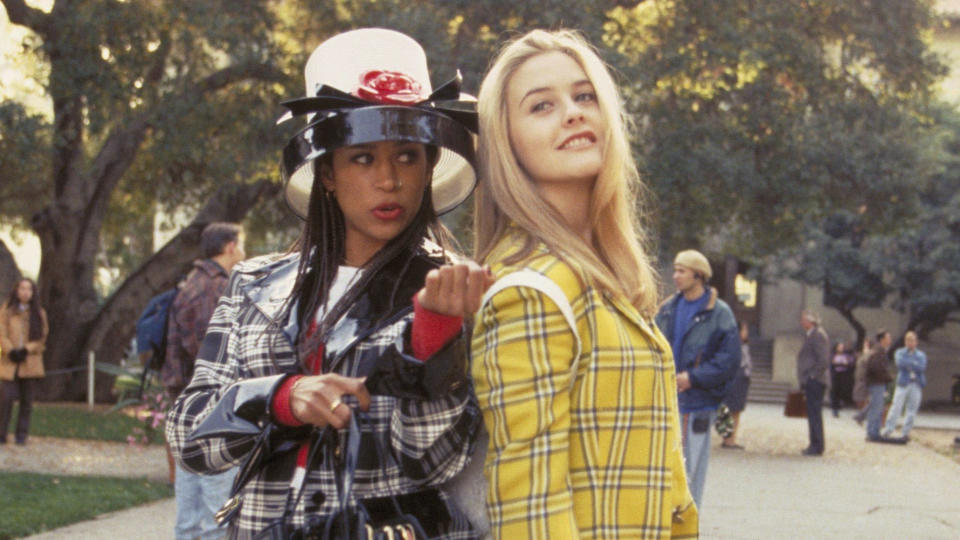
Your next project is a TV series version of Selah and the Spades. How did that come about?
It’s in development, so it’s early days. But it is in the works.
After Sundance, we started talking to a bunch of people to see where the film would land in terms of distribution. We talked to Amazon about the world possibilities of the project and how it wasn’t just the world of the movie, but the world of the school and the storytelling potential for that. Once everybody thought about that, it felt really obvious to work together to not just release the movie but also think about how we could could continue to build upon and expand that world of the boarding school.
I briefly mentioned Star Wars earlier and there’s this history of indie directors being plucked to make big franchise movies. If that were to happen to you, which film would you like to make?
I actually think, in the hypothetical twenty-year future, there’s probably going to be a remake of Harry Potter. That might not be much of a stretch for me because it’s just boarding school with magic, but maybe that’s why I would get chance to do it.
Also, there’s this series of books called Orson Scott Card with Ender’s Game and others. I think they made a movie and then just stopped. It was interesting. I would love to get a chance to work on that franchise and maybe rethink how we present it.
Selah and the Spades is available on Amazon Prime Video from 17 April.

 Yahoo Movies
Yahoo Movies 
